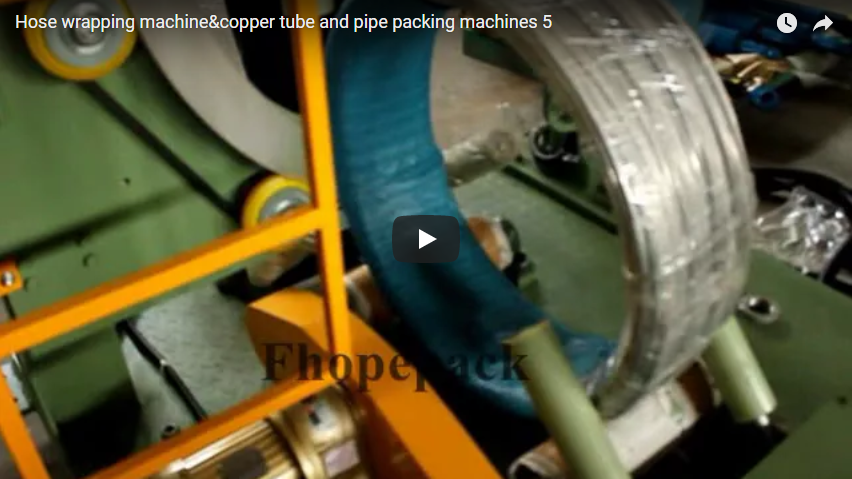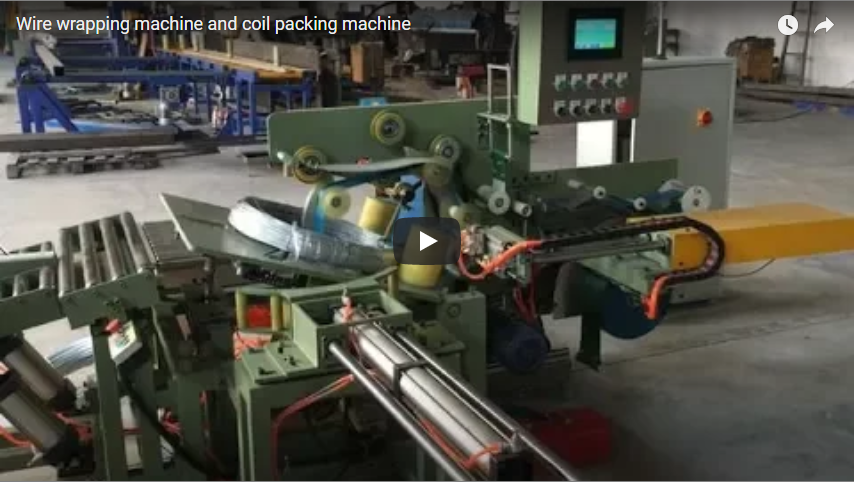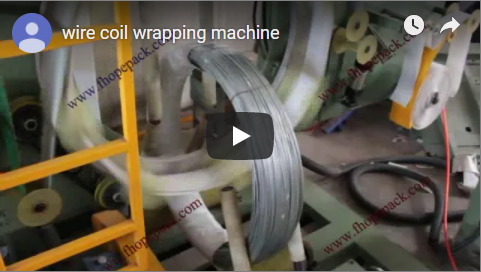In today's demanding industrial landscape, optimizing production workflows is paramount. The steel wire winding and strapping machine represents a significant advancement in wire packaging automation, designed to streamline operations, enhance product protection, and ensure consistent quality for steel wire coils. This technology addresses critical needs in the wire manufacturing and processing sectors by automating the intricate tasks of coiling and securing wire bundles.
1. Operational Flexibility: Online vs. Offline Integration
A key design consideration for this machine is its operational adaptability. It is available in two primary configurations:
- Online: Integrated directly into the wire drawing or processing line, allowing for continuous, automated coiling and strapping as the wire is produced. This maximizes throughput and minimizes manual handling.
- Offline: Operating as a standalone unit, receiving wire from spools or carriers. This offers greater flexibility for varied batch sizes or specialized coiling requirements separate from the main production flow.
Choosing between online and offline deployment depends heavily on specific production line layouts, output volumes, and desired workflow integration levels.
2. Core Functionality: Precision Winding and Secure Strapping
The machine excels in two primary functions:
- Precision Wire Coiling: The coiling process is meticulously controlled. Critically, the coiling length is monitored in real-time by a high-precision encoder, typically achieving accuracy down to 0.01 meters. This ensures consistent coil lengths, minimizes material waste, and meets exact customer specifications – a vital factor for inventory management and subsequent processing. Tension control systems are often employed during winding to ensure a tight, uniform coil structure without damaging the wire.
- Automated Secure Strapping: Once the desired length is coiled, the machine automatically applies strapping material, typically Polypropylene (PP) belt, to secure the coil. The standard configuration involves applying four straps per coil, strategically placed to maintain coil integrity during handling, storage, and transportation. This automated strapping process significantly enhances operational safety by reducing manual intervention and ensures a consistent, professional package appearance.
3. Technical Specifications Deep Dive: Data & Components
Understanding the technical parameters is crucial for evaluating the machine's suitability:
Key Performance Metrics & Specifications (Typical Ranges):
- Applicable Wire Diameter (OD): 1.0mm - 8.0mm (Varies by model)
- Maximum Coil Outer Diameter (OD): 600mm - 1200mm
- Adjustable Coil Height/Width: 100mm - 500mm
- Maximum Coil Weight: Up to 1500 kg (Model dependent)
- Winding Speed: Variable, often up to 150-200 m/min
- Encoder Precision: ± 0.01m
- Strapping Material: Polypropylene (PP) or Polyester (PET) Belt
- Strapping Points: Typically 3 or 4 points per coil (adjustable)
- Strapping Cycle Time: Approx. 15-30 seconds per coil (depending on straps)
- Control System: PLC (e.g., Siemens, Allen-Bradley, Mitsubishi) with Touchscreen HMI
- Power Supply: Standard industrial voltages (e.g., 380V/50Hz/3Phase, adaptable)
Core Components:
- Heavy-Duty Steel Frame: Provides structural rigidity and long-term durability.
- Precision Winding Head/Former: Designed for smooth coiling and easy coil ejection.
- Servo Motor Drive System: Enables precise control over winding speed and positioning.
- Encoder System: Measures wire length accurately.
- Automatic Strapping Head: High-performance unit for tensioning, sealing, and cutting the strap.
- PLC Control Panel & HMI: Allows for easy parameter setting, operation monitoring, and diagnostics.
- Pneumatic/Hydraulic Systems: Power various clamping and movement actions.
- Safety Guarding: Interlocked doors and E-stop systems ensure operator safety.
4. Design Philosophy and Structural Integrity
The design prioritizes robustness, reliability, and ease of maintenance. Constructed from high-grade steel, the frame is built to withstand continuous operation in demanding industrial environments. Components are selected for longevity and performance, often featuring modular designs to simplify servicing and potential upgrades. Safety is paramount, incorporating comprehensive guarding and emergency stop functionalities compliant with industry standards.
5. User Experience and Operational Efficiency
While sophisticated internally, the machine is engineered for ease of use. The Human-Machine Interface (HMI) typically features an intuitive touchscreen display:
- Parameter Input: Operators can easily set parameters like target wire length, coil dimensions, strapping positions, and tension.
- Recipe Management: Pre-set configurations for different wire products can be stored and recalled, facilitating quick changeovers.
- Real-time Monitoring: Displays operational status, production counts, and diagnostics.
- Fault Diagnosis: Provides clear alerts and troubleshooting guidance.
From personal observation and user feedback, operators appreciate the reduction in physically demanding tasks and the machine's consistent performance. This automation translates directly into increased throughput, reduced labor costs associated with manual coiling and strapping, and significantly improved packaging consistency.
6. Integration and Versatility
The machine's ability to handle a range of wire outside diameters (ODs), coil ODs, and coil heights/widths per setting makes it highly versatile. It can be seamlessly integrated with upstream equipment like wire drawing lines or payoff units, and downstream systems such as coil tilters, weighing stations, stretch wrappers, or conveyors leading to palletizing robots. This adaptability ensures it fits effectively into diverse production ecosystems.
7. Conclusion: Enhancing Wire Packaging Operations
The automatic steel wire winding and strapping machine is more than just equipment; it's a strategic investment in operational efficiency, product quality, and workplace safety. By automating labor-intensive processes with high precision and reliability, it allows manufacturers to meet stringent industry standards, reduce operational costs, and gain a competitive edge. Its advanced features, robust design, and user-friendly operation make it an indispensable tool for any modern wire production or processing facility looking to optimize their packaging workflow.
For more details on specific automatic steel wire winding and packing machine solutions: https://www.fhopepack.com/Automatic-Wire-Winder/
Learn more about the properties of common strapping materials like Polypropylene (PP). (Note: Example external link for demonstration)





